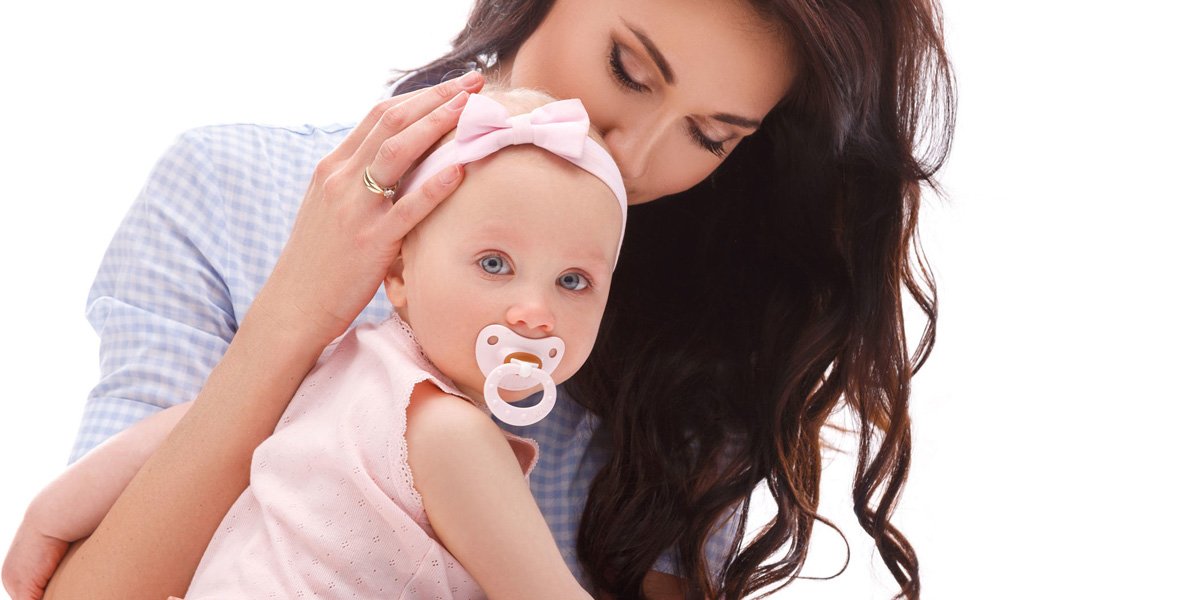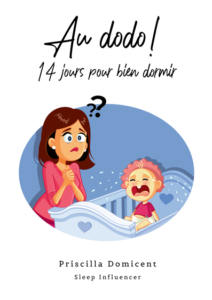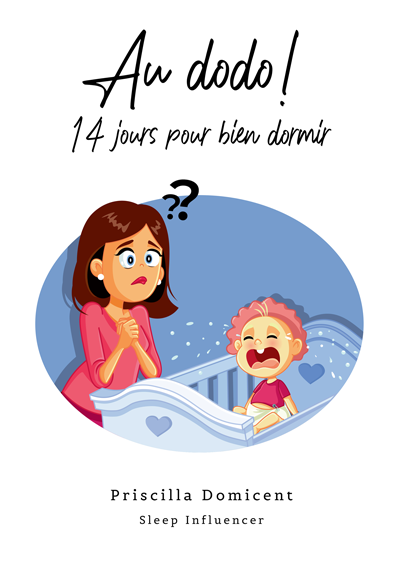My first daughter started to sleep through the night when she was 2.5 months. When she reached 8 months, she started to wake up every single night at 5 AM to request her pacifier, I did a lot of research on the pacifier-weaning topic. Since she could not replug the pacifier in her mouth herself, I had no other option but to wean her off binkies. I have to admit, the first nights were rough. My husband and I were very close to give it up in the middle of the night. It seemed like nothing else could soothe her. It seemed like my child’ was experiencing a though breakup with her first love. Luckily, within 48 hours, she managed to sleep through the night again and never requester a dummy again.
Pacifiers, binkies, dummies, corks or soothers. Whatever we call them, we all have wondered one day if they should be introduced to our baby. Sucking is one of an infant’s natural reflexes. They already suck on their fingers while they are in the womb. Since comforting your little angel is one of your highest priorities, a pacifier can temporarily be very helpful. As for many parenting subjects, there are advantages and some potential pitfalls to be aware of before giving a pacifier. Once you have weighed the pros and cons and decided to buy pacifiers, questions about the timing pop up.
When should you introduce the pacifier?
Medical advice about pacifier use has frequently changed over the years and varies from one country to another. Do not hesitate to check with your pediatrician and regularly ask questions about this topic. The related practice changes constantly and your child has evolving needs as gets older.
If you really want to use a pacifier for your baby, her sucking pattern needs to be established first. This way, she can know the difference between sucking a breast, bottle, and pacifier. It doesn’t matter whether the baby is being breastfed or not; feeding is feeding.
The American Academy of Pediatrics recommends avoiding pacifier use until breastfeeding is fully established. Nipple confusion can happen for breastfed babies if the pacifier is introduced too early. The standard guideline is starting around one month of age, unless the baby was born prematurely. Her 1-month birthday should be about right if your baby is nursing well, gaining weight, and has a routine feeding schedule. However, to be on the safe side, it is recommended to schedule a consultation with the pediatrician in order to get his or her approval.
If your baby rejects the pacifier, it is best not to force her to take it. She might just be content with other soothing techniques such as rocking, swinging or cuddling. You can give it another shot later on, when she is a bit older.
Also, try to confine pacifier use to sleep periods (i.e. only during naps and at night) and stressful times.
When should you take away the pacifier?
Maybe one day you were distressed by your baby’s cries and have chosen to give the pacifier to your child (even if, in the past, you had sworn never to use). Now you may wonder if it is possible to take a step back.
According to the WebMD, “you can wean your baby from pacifiers after 6 months old, when the risk of SIDS (Sudden Infant Death Syndrome) drops and ear infections become more likely.”
Are you the unfortunate parent who has to wake up several times at night to blindly fumble the crib in search of the pacifier? If so, there are two alternatives available to you. Should your child be 8 months or older, she will probably have the pincer grasp. This is the ability to grab the pacifier, pick it up, and put it back in her mouth without your help. In this case, when you put your baby to bed, put her hand onto the dummy. Then guide it into her mouth. Also, place several pacifiers in different places or in a Tupperware in her bed. Do not give the pacifier yourself but point at it to direct your child. By intervening as little as possible, your child will manage to learn and replug it herself, without needing your intervention. It can take 3 to 4 nights for babies to learn how to put the pacifier back by themselves.
If your baby does not have the pincer skill yet, the pacifier weaning seems to be the right alternative.
If your child is too dependent on pacifiers, it is often suggested to ditch them before your child’s first birthday. Frequent pacifier use past 12 months old could interfere with a child’s language development skills.
If a toddler uses a pacifier past the age of 2, there is a higher chance that the non-nutritive sucking could negatively impact the teeth alignment, the child’s bite and can cause existing teeth to be crooked.
How to wean your child off the pacifier?
- The time should be right: Whenever you do decide to wean your child from the use of a pacifier, do not take the initiative at a time when major life changes are happening! Don’t do so when you plan to potty train, transition from crib to bed, move to another home or bring in a new sibling. Weaning from the pacifier is difficult as it is. Doing so, when a huge change is happening, is not recommended. Start the process rather on a Friday or a Saturday to avoid that the lack of sleep prevents you from having a clear mind at work. Also, start the weaning on a night, after your baby has benefit from a great day of naps.
- Cold Turkey is probably the best way to go: If you decide that it is time to wean your child from the pacifier, there is no gradual approach. It is either falling asleep with a pacifier or without one. Most parents prefer to take pacifiers away slowly but weaning progressively is not highly efficient. The sooner you discontinue this habit, the sooner she will accept giving them up. The first days and nights without the pacifier can be hectic, but then the attachment to this soothing object is over.
- Stay consistent: Once you have decided to permanently remove the pacifier from her sleep associations, stick to your decision. Collect all pacifiers around the house and hide them. Consistency in your actions will allow you to achieve your goals. If, in a moment of weakness and desperation, you give the pacifier back to your crying child, she will get confused. She will not understand why you gave up. According to her logic, every time she will cry, she should get what she claims. Remember that your role is to set the limits and not deviate from them.
- Replace the pacifier by other self-soothing techniques: The first nights might be rough because of the cold turkey approach. However, that doesn’t mean you have to be cold-hearted about it. Reassure your child, pat occasionally her back but stay in control of the touching. If your child becomes hysterical, pick her up and give her the reassurance needed. However, do not let her fall asleep in your arms. Make sure to put her back in bed drowsy but awake. Dr. Harvey Karp warns about the fact that “removing the pacifier often leads to more thumb sucking. Pacifiers are better than thumbs because sucking on fingers can seriously distort the palate and teeth, leading to the need for uncomfortable and expensive braces later.” Offer your child a transitional object such as a blankie, a stuffed animal or a lovey.
- Get all the caregivers on board: Make sure that all caregivers, i.e. parents, grandparents, babysitters and teachers, stick to the defined plan. This way you won’t take the risk to start night arguments with your partner, your little one won’t get confused and the rough period should remain short.
- Organize a symbolic farewell party: There are some gentle ways to sweetly help your child give up her pacifier. No matter how the weaning is done, always stay confident about it and use positive reinforcement as well. If she is mature enough to understand rewards, she may be more motivated to give it up. You could consider organizing a farewell party for the pacifiers. You could plant them in your garden and have lollipops grow where they were sown. One other way is to prepare a cute little box with the pacifiers. Let your child hand them over to the parents of a newborn baby. Be sure to offer a lot of praise. Promise your toddler a special toy in exchange since she is being such a very generous big kid.
If you little one substituted the pacifier for her thumb, there are ways to break the bad habit. Thumb sucking should be prevented and certainly abandoned before your child’s fourth birthday. This is what you can do according to the American Dental Association:
- Adopt a positive attitude by focussing on your child’s improvements and praise her every time she goes to sleep or confronts a stressful situation without sucking her thumb.
- Find other soothing alternatives for your child when she needs to be comforted in stressful situation.
- Reward your child with a sticker chart and weekly prizes when she avoids thumb sucking.
- Ask your dentist to gently explain the consequences of thumb sucking.
If none of the above-mentioned approaches work, talk to your child’s dentist or pediatrician. Ask if a mouth appliance or a medication with which to coat the thumb could prevent the thumb sucking.
If you would like to get more information on how to improve the quality and/or the quantity of your child’s sleep (and yours at the same time), do not hesitate to schedule a 15-minute preliminary consultation. It is a totally FREE & NON-BINDING offer!










